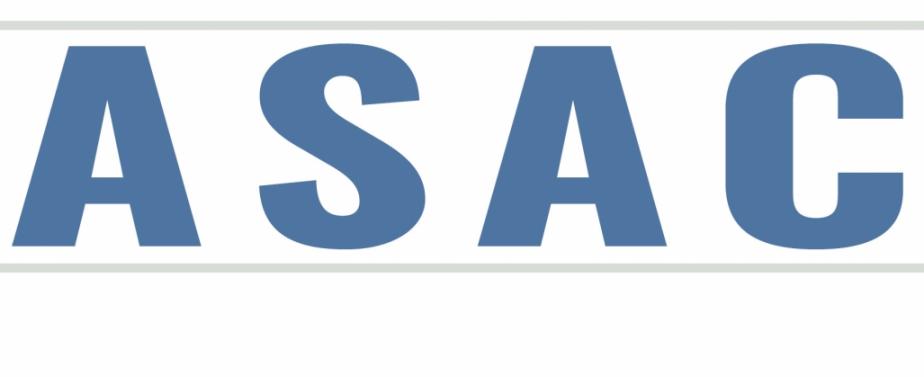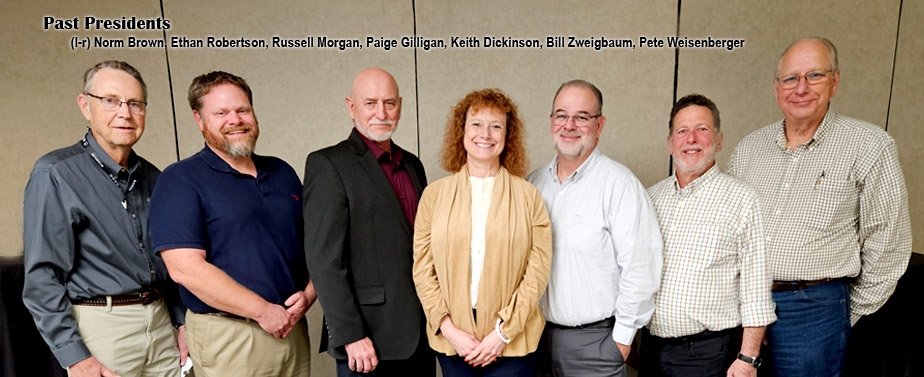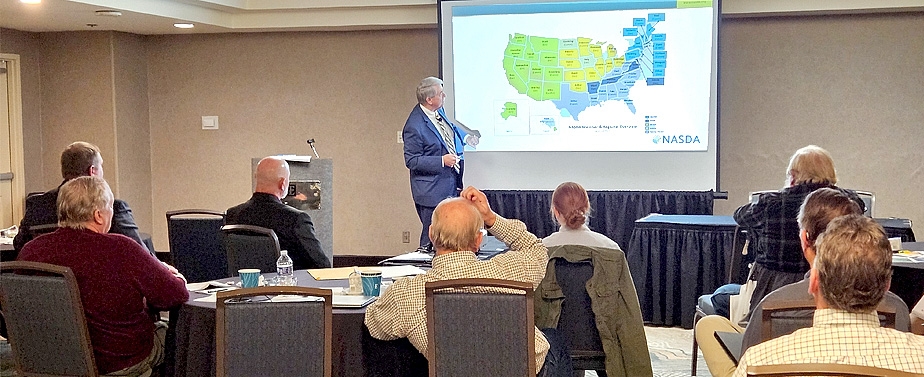Perspectives on Risk Management--Part 2
09/29/2022
Organize an Effective and Functional Business Office
In Part I of this series, I ended on a note of developing a trusted core of advisors to help build our processes and procedures in a systematic way by setting policies and strict, but flexible, boundaries and financial goals. A Business Plan, written and read on a continuous basis, revised as changing conditions and circumstances warrant, and communicated continuously throughout the organization, will be the North Star and guiding light for long term success.
Before beginning any significant enterprise of any sort, organize and staff the office. The business office is of equal importance to the production operations. Prioritize the workflow based on seasonality of the enterprise activities. Even one-enterprise operations that have slack times of the year as to office activity must have a process and procedures that ensure timely handling of matters. Stacking up piles of invoices, reports and other administrative items just gums up the works when it’s time to get these items handled.
A solid bookkeeping/financial management system is imperative. Posting of receipts, expenses, and work activities along with production data is absolutely a must-do task, daily if necessary. How does one manage without accurate measurement of results in a timely manner? Waiting to hand a folder full of invoices and statements to a tax preparer after year-end with a directive “I don’t want to pay any taxes this year” is a plan to fail.
Managerial accounting, with accrual-based reporting, anchoring production information and financial information together will provide the foundation for making informed decisions for product marketing, crop insurance, liability insurance, financial modeling, return-on-investment analyses, capital purchases, borrowing for said purchases, operational funding, employment and staffing decisions, owner withdrawal/equity distributions and investments for retirement savings. On top of all that, consider planning for eventual estate transfers and management succession. All of this is the basis for Risk Management 101.
Schedules F and C are not financial statements. Tax returns are often used by lenders for credit analysis because that is about all they can get for analyzing a loan request. Granted, quite a bit of useful information can be gleaned from tax returns. These returns are not adequate, though, for managerial financial decision-making over the long term. Business cycles and farm enterprise operations seldom conform to calendar years. It’s like fitting the proverbial square peg in a round hole.
No matter the size of the farm business, the fundamentals of business management and financial accounting are the same as for corporate enterprises.
Farm and business are not mutually exclusive things. How many times have you been handed an application for a loan and the questions at the top include boxes to check “Farm” or “Business”? Ever thought about that? Are they implying a farm is not a business?
A small business or a large corporation. The same thing. A farm is a business that must adhere to sound and constructive business practices.
GREAT THINGS NEVER COME FROM COMFORT ZONES.
= = = =
This article is the personal opinion and perspective of the author and may or may not be consistent with those of other ASAC Members. ASAC as an organization does not advocate positions on issues.
Pete Weisenberger
Weisenberger Agricultural Services, LLC
pete.weis0956@gmail.com
Organize an Effective and Functional Business Office
In Part I of this series, I ended on a note of developing a trusted core of advisors to help build our processes and procedures in a systematic way by setting policies and strict, but flexible, boundaries and financial goals. A Business Plan, written and read on a continuous basis, revised as changing conditions and circumstances warrant, and communicated continuously throughout the organization, will be the North Star and guiding light for long term success.
Before beginning any significant enterprise of any sort, organize and staff the office. The business office is of equal importance to the production operations. Prioritize the workflow based on seasonality of the enterprise activities. Even one-enterprise operations that have slack times of the year as to office activity must have a process and procedures that ensure timely handling of matters. Stacking up piles of invoices, reports and other administrative items just gums up the works when it’s time to get these items handled.
A solid bookkeeping/financial management system is imperative. Posting of receipts, expenses, and work activities along with production data is absolutely a must-do task, daily if necessary. How does one manage without accurate measurement of results in a timely manner? Waiting to hand a folder full of invoices and statements to a tax preparer after year-end with a directive “I don’t want to pay any taxes this year” is a plan to fail.
Managerial accounting, with accrual-based reporting, anchoring production information and financial information together will provide the foundation for making informed decisions for product marketing, crop insurance, liability insurance, financial modeling, return-on-investment analyses, capital purchases, borrowing for said purchases, operational funding, employment and staffing decisions, owner withdrawal/equity distributions and investments for retirement savings. On top of all that, consider planning for eventual estate transfers and management succession. All of this is the basis for Risk Management 101.
Schedules F and C are not financial statements. Tax returns are often used by lenders for credit analysis because that is about all they can get for analyzing a loan request. Granted, quite a bit of useful information can be gleaned from tax returns. These returns are not adequate, though, for managerial financial decision-making over the long term. Business cycles and farm enterprise operations seldom conform to calendar years. It’s like fitting the proverbial square peg in a round hole.
No matter the size of the farm business, the fundamentals of business management and financial accounting are the same as for corporate enterprises.
Farm and business are not mutually exclusive things. How many times have you been handed an application for a loan and the questions at the top include boxes to check “Farm” or “Business”? Ever thought about that? Are they implying a farm is not a business?
A small business or a large corporation. The same thing. A farm is a business that must adhere to sound and constructive business practices.
GREAT THINGS NEVER COME FROM COMFORT ZONES.
= = = =
This article is the personal opinion and perspective of the author and may or may not be consistent with those of other ASAC Members. ASAC as an organization does not advocate positions on issues.
Pete Weisenberger
Weisenberger Agricultural Services, LLC
pete.weis0956@gmail.com
Post a new comment







